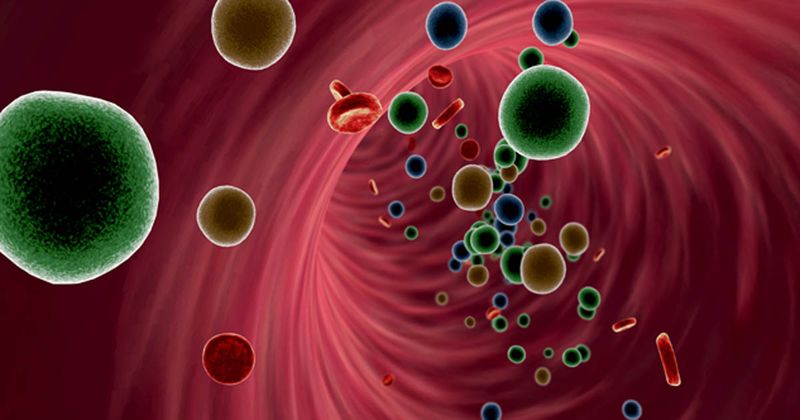Infection
Widely available blood tests may increase diagnostic sensitivity of fungal infections
September 17, 2023
1 min read
Source/Disclosures
Published by:
Disclosures:
The authors report no relevant financial disclosures.
Key takeaways:
- Galactomannan contains a sensitivity of 63% to 78% and specificity of 85% to 93%.
- 1, 2-beta-D-glucan has a sensitivity of 77% and a specificity of 85%.
Two widely available serum marker blood tests, galactomannan and 1,2-beta-D-glucan, may improve diagnostic sensitivity in cases of invasive fungal infections, according to a study.
“Invasive fungal infections (IFIs) are an increasing cause of morbidity and mortality, particularly due to the growing number of immunocompromised patients worldwide,” Thomas Z. Rohan, BS, of Sidney Kimmel Medical College at Thomas Jefferson University, and colleagues wrote. “Definitive and timely diagnosis can be challenging.”
Unfortunately, the current diagnosis method, which is to use punch biopsies for histology and tissue culture in patients with suspected IFIs, is not very reliable with a concordance of about 10%.
In this study, the authors discussed the presence of newer tests that may improve the diagnostic process of this time-sensitive condition.
First is the serum galactomannan (GM), a polysaccharide antigen found almost exclusively within the cell wall of Aspergillus species. According to the study, this assay is helpful in establishing a diagnosis of invasive aspergillosis and contains a sensitivity of 63% to 78% and specificity of 85% to 93%.
A special feature of the GM is that it enables differentiation between aspergillosis and mucormycosis. However, dermatologists must keep in mind that GM’s sensitivity can be reduced if a patient is on systemic antifungal therapy, specifically mold-active agents, according to the study.
Second is 1,2-beta-D-glucan (BDG), a cell wall component of various fungi including Candida and Aspergillus species and Pneumocystis jirovecii.
Since many species contain BDG, this test is most useful in identifying the presence of fungal etiology broadly instead of specific causative agents. However, according to a prior meta-analysis, BDG can accurately distinguish between probable IFI and no IFI with a sensitivity of 77% and a specificity of 85%.
Dermatologists should note that the BDG assay can lead to false positives as it cannot distinguish between species. Therefore, patients with low pre-test probabilities of IFIs should not utilize this test, according to the study.
The authors encourage dermatologists to use these tests in tandem with histopathology and cultures as they may help increase sensitivity.
“A double negative GM and BDG can lower the probability of an IFI and encourage providers to seek alternative diagnoses,” the authors concluded.

